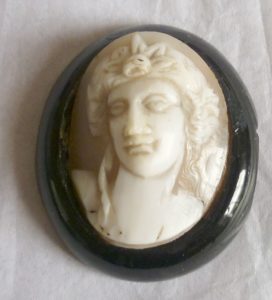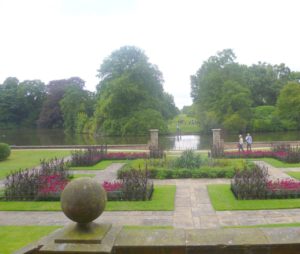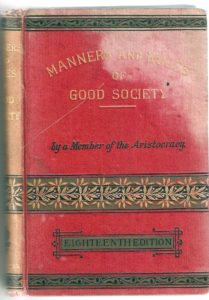I have long been fascinated by Jane Austen’s choice of first names for her characters, and today I’m looking at how the early 19th naming system worked. The 1800 name pool was, by modern standards, surprisingly small, and this is echoed in Jane Austen’s constant reuse of the same names. Take the name Mary; there are two Marys in Pride & Prejudice (Mary Bennet and the heiress Mary King, pursued by Wickham); a Mary Crawford in Mansfield Park; and Mary Musgrove in Persuasion. According to research done by The Names Society, Mary was the most common girl’s name in 1800, closely followed by Anne and Elizabeth, so perhaps we should not be surprised. Jane Austen even calls two major characters by her own Christian name, Jane, which comes in at number 5 in the 1800 list. There is Jane Bennet in Pride & Prejudice and Jane Fairfax in Emma.

Continue reading Jane Austen: What’s in a Name?
Please share this page...





